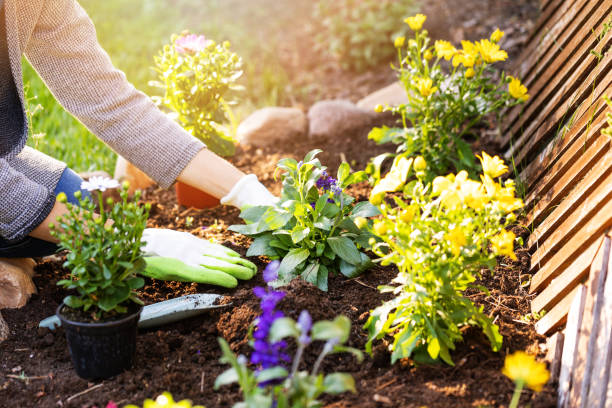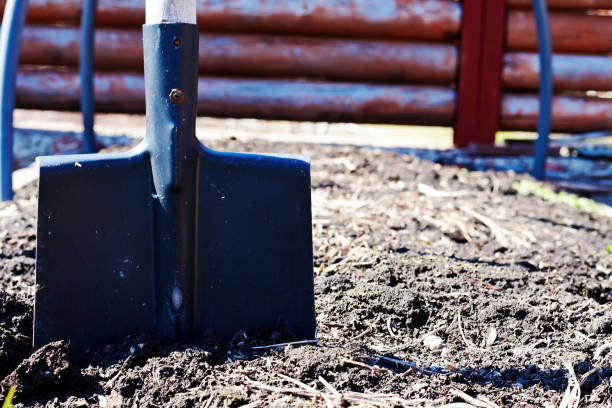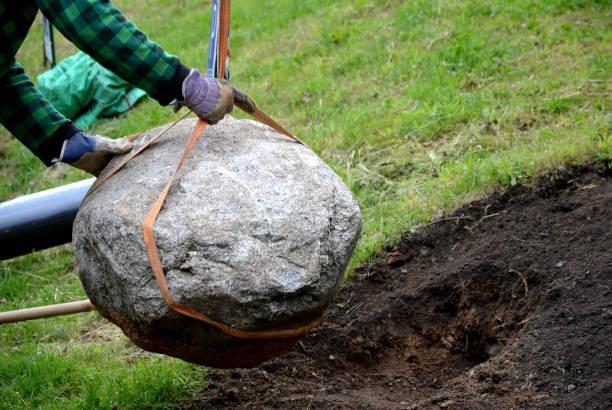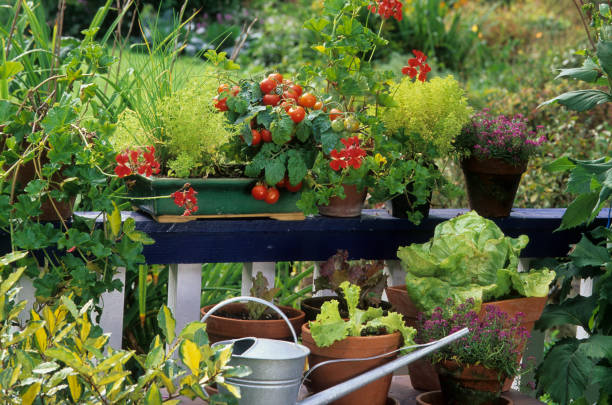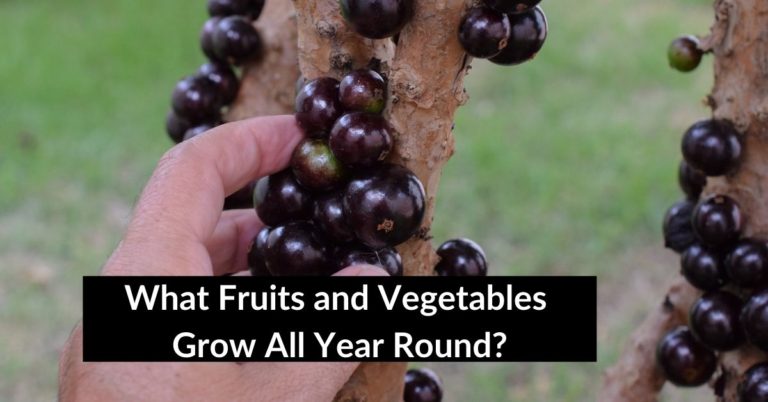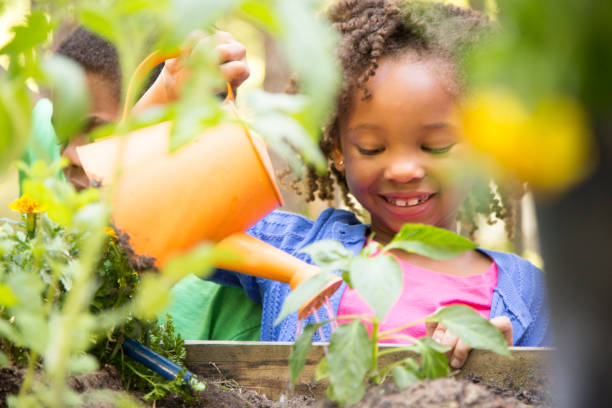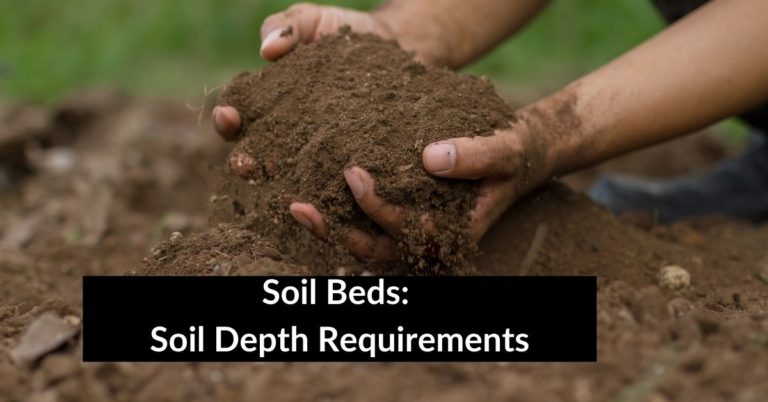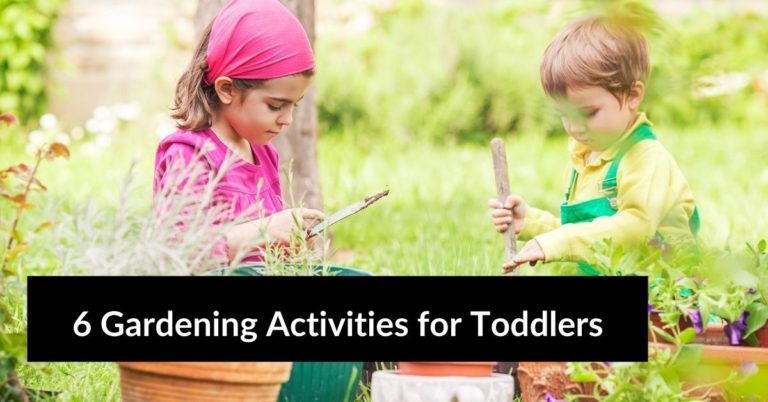10 Vegetables You Can Plant in the Spring
This post contains affiliate links. This means I will make a commission at no extra cost to you should you click through and make a purchase. Read the full disclosure here.Spring is the perfect time to get your garden going. With the warmer weather and longer days, it’s the ideal season to plant fresh vegetables. Whether you’re a beginner or a seasoned gardener, there are plenty of vegetables that thrive in the spring months. Here’s a list of 10 vegetables you can plant in the spring, along with helpful tips on how to grow them.
1. Lettuce
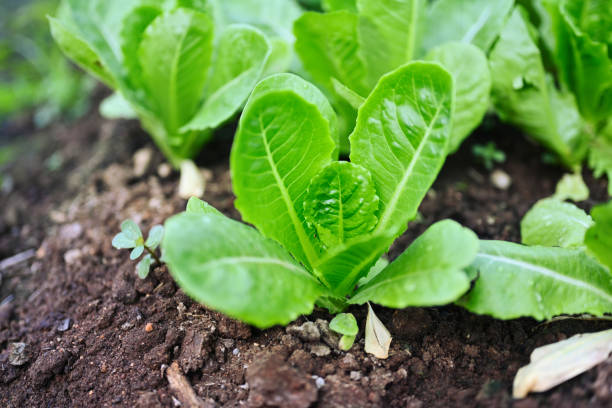
Lettuce is one of the first vegetables that can be planted in the spring. It loves cooler temperatures, making it perfect for early spring planting. You can sow lettuce seeds directly into the soil or start them indoors and transplant them later. Make sure to provide plenty of sunlight, and keep the soil consistently moist. You’ll be able to harvest fresh leaves in just a few weeks.
Growing Tip: Harvest leaves from the outer part of the plant to allow new leaves to grow in the center.
2. Spinach
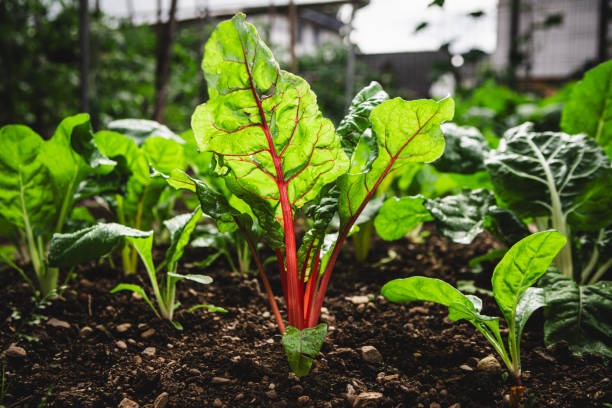
Spinach thrives in the cool spring weather and can be grown early in the season. It’s a fast-growing plant and can be harvested within 4 to 6 weeks. Spinach prefers well-drained soil and partial shade, so consider planting it where it won’t get too much direct afternoon sun.
Growing Tip: Plant spinach in rows, and thin the seedlings to allow space for healthy growth.
3. Radishes
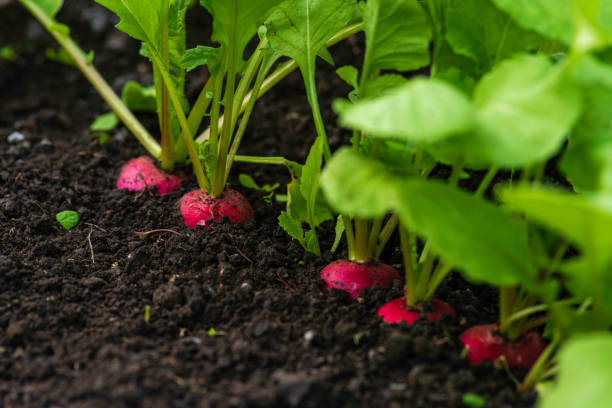
Radishes are one of the easiest and quickest vegetables to grow, making them perfect for spring gardening. You can sow radish seeds directly into the soil as soon as the ground is workable. They thrive in well-drained soil with lots of sunlight. Radishes can be ready to harvest in as little as 3 to 4 weeks, making them a great choice for impatient gardeners.
Growing Tip: Thin out seedlings to prevent overcrowding and allow radishes to develop properly.
4. Peas
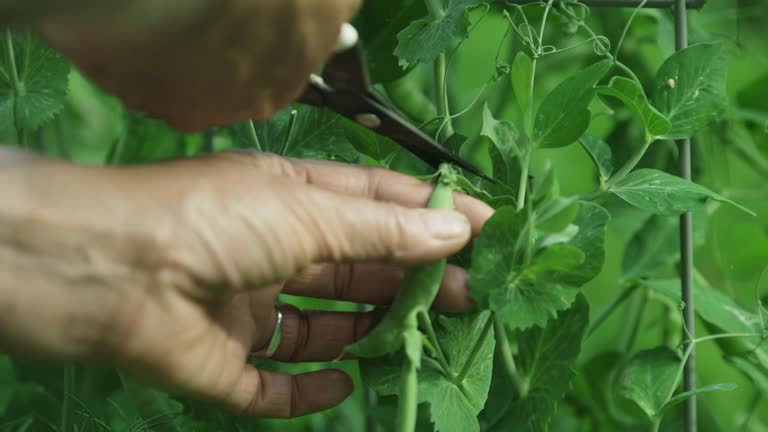
Peas love the cool temperatures of spring and can be planted early. They can be grown in the ground or in containers. Plant peas in well-drained soil with full sun. Peas require support as they grow, so be sure to use a trellis or fencing to help them climb.
Growing Tip: Water peas regularly but avoid overwatering to prevent root rot.
5. Carrots
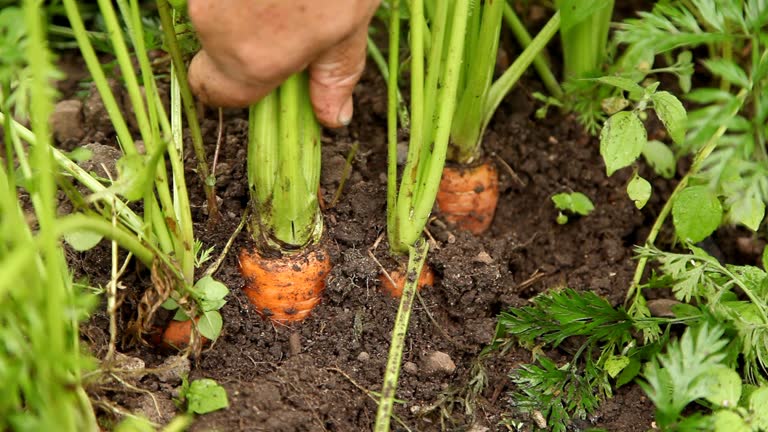
Carrots can be planted as soon as the soil is workable in early spring. They require loose, well-drained soil for proper root development. Carrots can take a bit longer to mature, but with patience, you’ll be rewarded with sweet, tender roots. Ensure your soil is free from large stones and rocks to allow the roots to grow freely.
Growing Tip: Thin your carrot seedlings to about 2 inches apart to give them enough room to grow.
6. Broccoli
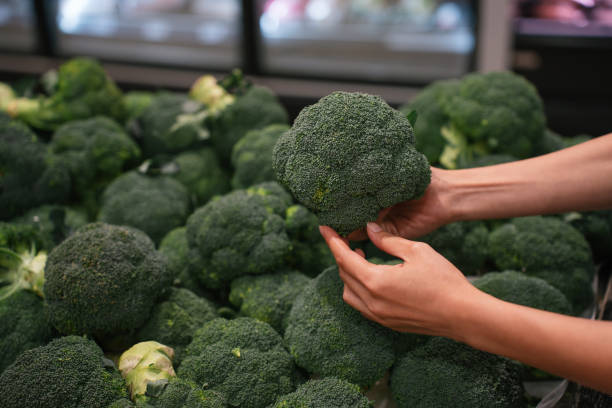
Broccoli is another great spring vegetable that can handle the cooler temperatures. Start seeds indoors about 6 to 8 weeks before the last frost date or sow them directly in the ground once the danger of frost has passed. Broccoli needs a lot of space to grow, so make sure to give each plant ample room.
Growing Tip: Harvest the main head of broccoli when it’s tight and compact, before the flowers begin to open.
7. Cabbage
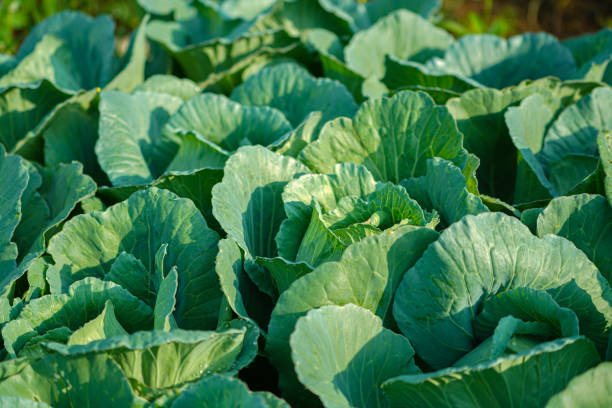
Cabbage grows best in the cool temperatures of spring, making it an excellent choice for early planting. You can start cabbage from seed indoors or purchase young plants from a nursery. It’s important to give cabbage plants enough room to spread out as they grow, so make sure to space them properly in your garden.
Growing Tip: Keep cabbage well-watered, but ensure it’s planted in well-drained soil to avoid waterlogging.
8. Kale
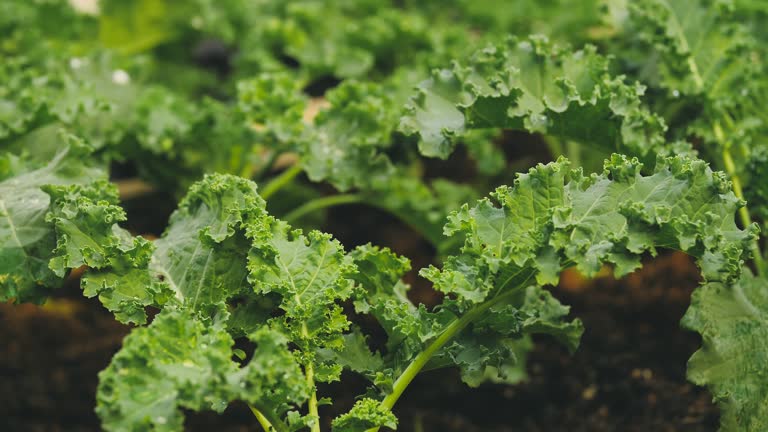
Kale is a hardy leafy green that thrives in cooler weather. Plant kale early in the spring, either from seeds or seedlings. It’s a low-maintenance vegetable that can be harvested multiple times throughout the season. Kale does best in fertile soil with plenty of organic matter and will grow well in both full sun and partial shade.
Growing Tip: Harvest outer leaves regularly, allowing the inner leaves to continue growing for a longer harvest period.
9. Swiss Chard
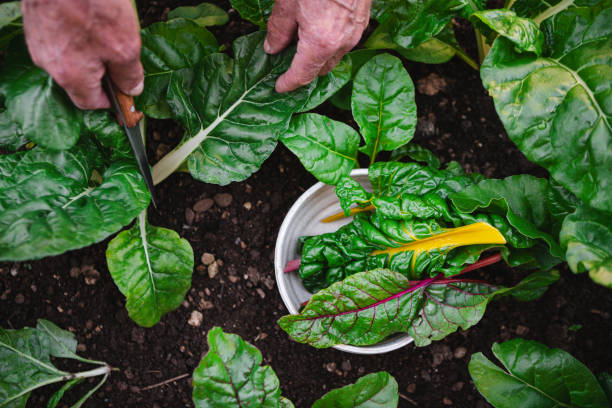
Swiss chard is another cool-season vegetable that thrives in the spring. It grows quickly and produces vibrant, nutrient-packed leaves. Swiss chard does well in fertile, well-drained soil with consistent moisture. Unlike spinach, Swiss chard can tolerate warmer spring temperatures.
Growing Tip: Regular harvesting encourages new growth, so don’t hesitate to cut leaves once they reach a good size.
10. Onions
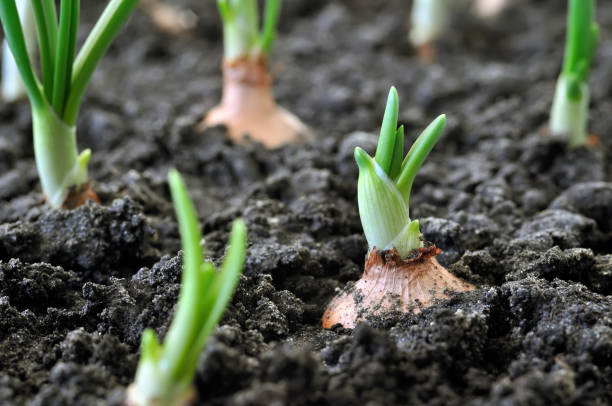
Spring is the perfect time to plant onions, which can be grown from seeds, sets, or transplants. Onions prefer full sun and well-drained soil. If you’re starting from seeds, begin them indoors and transplant them once the weather warms up. If you’re using sets, you can plant them directly in the ground.
Growing Tip: Make sure to space onions properly, as they need room to form large bulbs.
Final Thoughts
Spring is a time of renewal, and it’s the perfect season to grow your own vegetables. With these 10 vegetables, you can get started early in the season and enjoy a bountiful harvest throughout the spring and summer. Just remember to prepare your soil properly, water regularly, and provide enough sunlight to help your plants thrive. Happy gardening!

